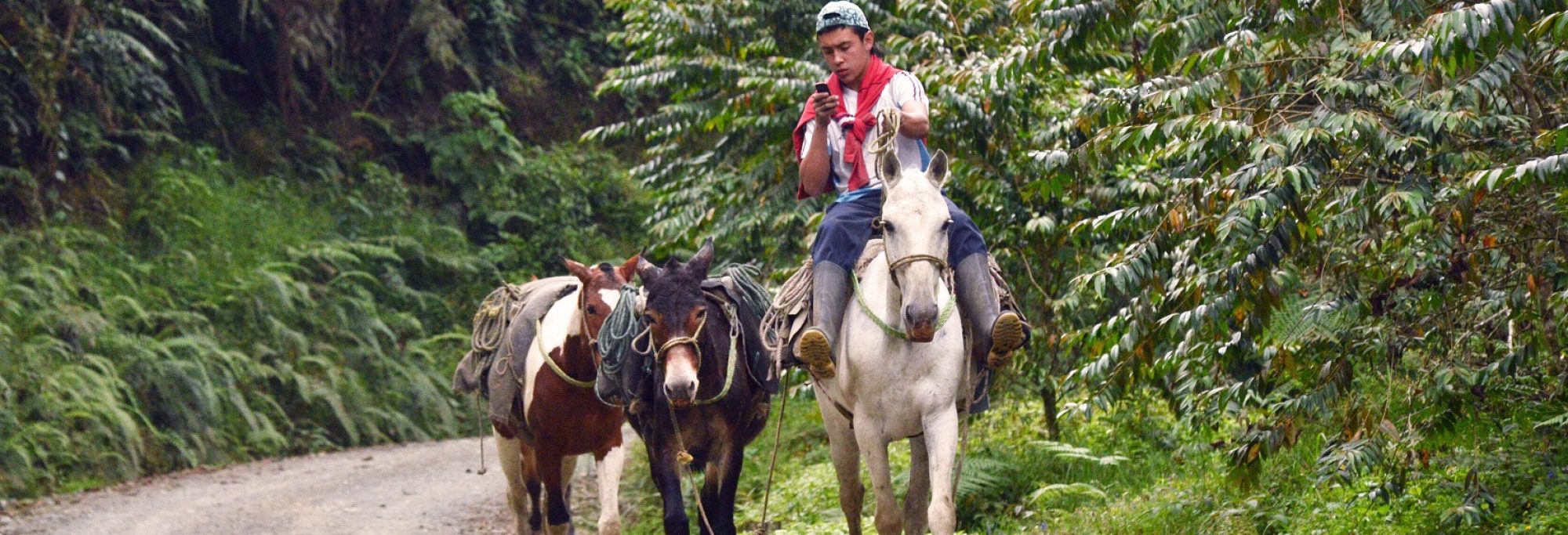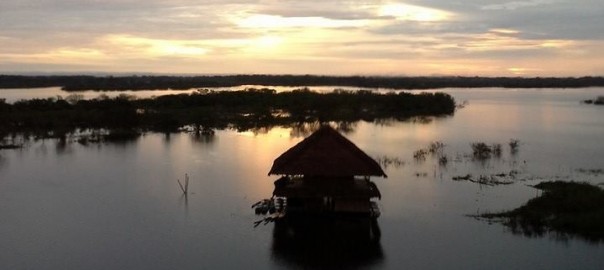Chile creates science ministry, ancient surgical techniques in Peru, and studying the DNA of the papaya.
ARGENTINA Researchers at the National University of Córdoba developed in rats a method for assessing the exposure of fetuses to moderate consumption of alcohol by their mothers. They found that the fetus familiarizes itself with flavors and odors in the amniotic fluid and that newborns recognize the smell of alcohol, even if the mothers have … Continue reading Chile creates science ministry, ancient surgical techniques in Peru, and studying the DNA of the papaya.


